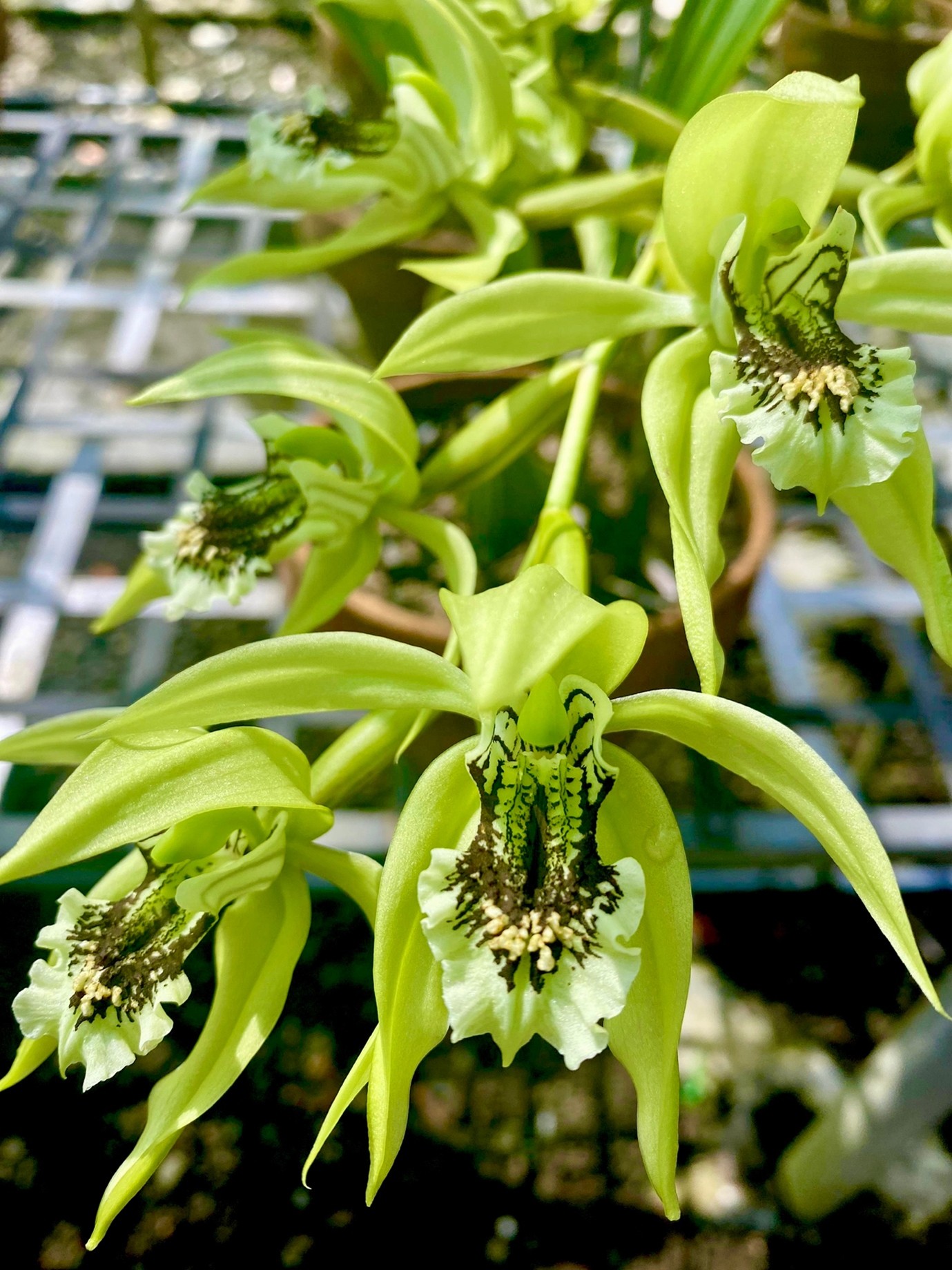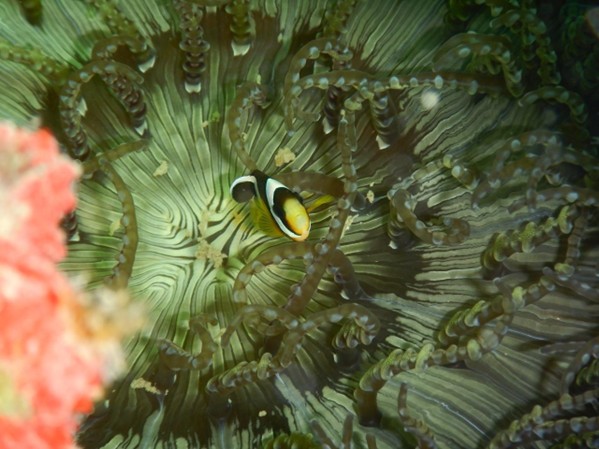🌿 Biodiversity Protection Policy

PT Pupuk Kalimantan Timur (Pupuk Kaltim) through Document Number K-SML-07 dated September 15, 2023, has established the Biodiversity Protection Policy of PT Pupuk Kalimantan Timur, which focuses on establishing conservation areas and supporting Sustainable Development Goals (SDGs) targets.
Pupuk Kaltim is also committed to continuously preserving biodiversity in the operational areas as part of the responsibility to prevent potential operational impacts.
🤝 Collaboration and Partnership
Pupuk Kaltim's operations are located in Bontang city, bordering Kutai National Park. In implementing biodiversity policies and commitments, Pupuk Kaltim collaborates with various stakeholders including Kutai National Park Management (TNK), Reef Check Indonesia Foundation, East Kalimantan Provincial Marine and Fisheries Office, Bontang City Environmental Office, PKSPL IPB University, and community leaders.
One of the peak achievements of collaboration between Pupuk Kaltim and Kutai National Park Management is the reintroduction of 1,314 endemic black orchids (Coelogyne pandurata) to their habitat in the national park in 2021. This activity was supported through in vitro conservation at Pupuk Kaltim's Plant Tissue Culture Laboratory and Acclimatization House facilities.
📊 Biodiversity Programs

The following are biodiversity programs including innovations that have been implemented over the past 5 years:
🌊 Marine Conservation Zone

Since 2023, Pupuk Kaltim has obtained the Marine Space Utilization Activity Suitability Permit (PKKPRL) Number B472/MEN-KP/IV/2023 from the Ministry of Marine Affairs and Fisheries for an area of 10 Ha in the waters of Tebok Batang and Pasilan, Bontang City. The designation of this area as a conservation zone affirms the Company's commitment to rehabilitating coral reef ecosystems, which has been carried out consistently every year since 2009.
🏆 Community Partnership and Awards

In collaboration with fishermen partners of the Social and Environmental Responsibility (TJSL) program from the Kilau Samudera group, Pupuk Kaltim routinely produces and deploys artificial reef media in Bontang City waters. The pinnacle was in 2025, when Kilau Samudera Group activist, Mr. Jusman, was awarded the East Kalimantan Provincial Kalpataru in the Environmental Savior Category for his contribution to the restoration of Bontang City's coral reef ecosystem.
⚠️ Biodiversity Risk Assessment
Pupuk Kaltim is committed to managing biodiversity risks through a scientific and measurable approach by adopting the WWF Biodiversity Risk Filter framework as a reference for assessing business dependence on nature and potential operational impacts on surrounding ecosystems.
The company operates in areas adjacent to protected areas or conservation areas that have high levels of biodiversity. Therefore, the company's operational activities need to be risk-mitigated to minimize impacts on the environment around the company. For this reason, systematic assessment activities are needed that aim to identify and evaluate potential impacts of operational activities on natural forest habitats.
🛡️ Biodiversity Risk Mitigation
AVOID Keeping operations away from sensitive ecosystems
Example actions:
- PKT has designated HP-01, which is a primary forest in the company area as a Core Conservation Zone to prevent habitat loss, achieve No Net Loss, and promote Net Positive Impact
- Factory operations use seawater, avoiding the use of freshwater, such as for water cooling system, steam, etc.


